Museums, Not Motor Shows, Take Center Stage In 2012
Two museum exhibitions, one opening and the other just closed, that recognize a pair of leading design houses, Pininfarina and Bertone, are celebrating iconic car designs that have come from their studios. At the same time, these events underscore the uncertain future faced by the independent Italian design community at large.
Pininfarina is being commemorated in an exhibition at Museo Ferrari in Maranello, which runs through next January, while Bertone, celebrating its 100th anniversary, was the subject of a display that closed last month at the Italian National Car Museum in Turin.
These two firms, along with many others including Italdesign Giugiaro, Ghia, Zagato and Touring, were the go-to guys when manufacturers the world over needed design and engineering services to create everything from concept cars to limited production runs. But changes in the industry, including massive consolidation of brands and tough economic times, raise the question of whether these carrozzeria are relevant or not.
It wasn't always so as both the Pininfarina and Bertone museum displays testify.
 Matt DeLorenzo is the former editor-in-chief of Road & Track and has covered the auto industry for 35 years, including stints at Automotive News and AutoWeek. He has authored books including VW's New Beetle, Chrysler's Modern Concept Cars, and Corvette Dynasty.
Matt DeLorenzo is the former editor-in-chief of Road & Track and has covered the auto industry for 35 years, including stints at Automotive News and AutoWeek. He has authored books including VW's New Beetle, Chrysler's Modern Concept Cars, and Corvette Dynasty.
The Pininfarina exhibit at the Ferrari museum, titled "The Great Ferraris of Sergio Pininfarina," perfectly illustrates the scope of these activities with 22 cars grouped in three categories: racing, production GTs and concepts. The largest category is the production GTs, which includes the first 250 GT Coupe from 1958, the 1967 Dino 206S, the 1984 Testarossa and limited edition models like the 2000 550 Barchetta and 2010 SA Aperta (below), the last car that involved direct input from Sergio Pininfarina, who passed away earlier this year.
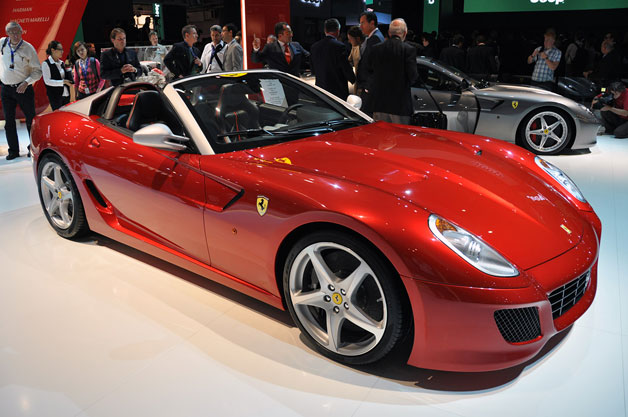
In the concept car category, you have such memorable show-stoppers as the 1989 Mythos, the 1970 Modulo (including a never-before seen wooden buck on which the body panels were hammered out), and the 1980 4-door Pinin study for a 4-door Ferrari. In race cars, Pininfarina also designed concepts for a new F1 car called the Sigma GT in 1969 and the P6 in 1968, as well as the Le Mans-winning 1963 250LM and the 1979 512 BB Le Mans.
Similar contributions also took center stage at the Bertone exhibit with such cars as the legendary 1966 Lamborghini Muira, the 1972 Lancia Stratos HF and the 1968 Alfa Romeo Carabo. But also, the display makes it painfully aware that Bertone hasn't had the same success it enjoyed in the 1960s – the latest efforts from the house, like the 2010 Jaguar B99 and this year's Nuccio concept, don't seem to convey the same magic. And Bertone, which built cars at its Grugliasco assembly plant, sold the facility to Fiat in 2009.
It's a far cry from the high flying days when Ghia built Chrysler Turbine cars, Bertone cranked out Fiat X1/9s and Volvo 262 Coupes, and Pininfarina had an Alitalia 747 airbridge to ship Cadillac Allante bodies back and forth across the Atlantic.
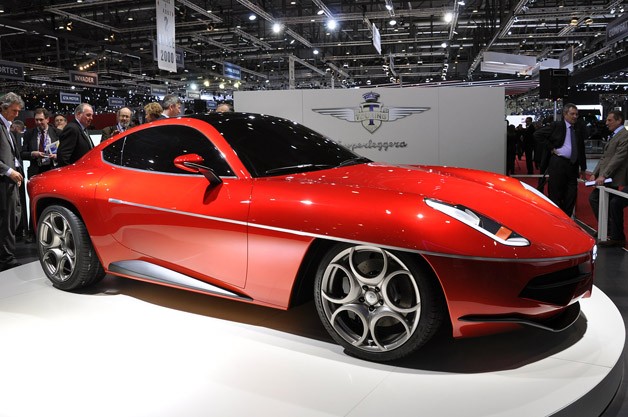
Even as Zagato and Touring continue to build show cars and one-offs using cars from other manufacturers (Zagato has worked with Aston Martin and BMW, Touring did its interpretation of a modern Disco Volante based on an Alfa 8C Competitizone, seen above), there seems to be a lack of innovative concepts coming from the firms that survive.
A lack of independence also plays a role. Ford acquired Ghia back in 1970. While Ghia continued to create designs for Ford, its significance faded. Now, Ghia is a shadow of its former self, better know in some circles as a trim level on Ford products. It will be interesting to see if the same fate lies ahead for Italdesign Giugiaro, which last year was acquired by the VW Group, losing independence by becoming a de facto in-house advanced studio for the group. With that loss of independence goes the freedom to make grand design statements and instead the group is tasked with taking on assignments from the head office.
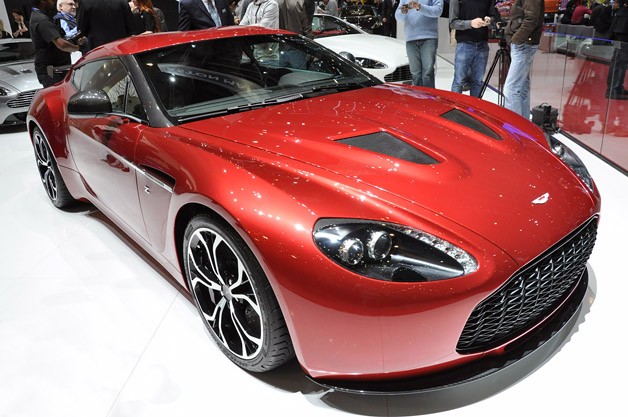
And smaller makes, like Lamborghini, Aston Martin, as well as manufacturers from emerging economies like China and India, have in the past relied on independent carrozzeria for design work. Now all have in-house design activities and only occasionally turn to specialists to do one-offs. Even though Pininfarina has had clients other than Ferrari, it was recognized that it was, in effect, Maranello's design department. Nevertheless Ferrari has expanded its in-house capabilities and is relying less and less on its longtime partner.
History may be repeating itself. Just as manufacturers moved during the mid-point of the 20th century to unit-body construction and independent coachbuilders faded away, the increasing reliance on in-house design activities may render the concept of the carrozzeria obsolete.
 Matt DeLorenzo is the former editor-in-chief of Road & Track and has covered the auto industry for 35 years, including stints at Automotive News and AutoWeek. He has authored books including VW's New Beetle, Chrysler's Modern Concept Cars, and Corvette Dynasty.
Matt DeLorenzo is the former editor-in-chief of Road & Track and has covered the auto industry for 35 years, including stints at Automotive News and AutoWeek. He has authored books including VW's New Beetle, Chrysler's Modern Concept Cars, and Corvette Dynasty.
Two museum exhibitions, one opening and the other just closed, that recognize a pair of leading design houses, Pininfarina and Bertone, are celebrating iconic car designs that have come from their studios. At the same time, these events underscore the uncertain future faced by the independent Italian design community at large.
Pininfarina is being commemorated in an exhibition at Museo Ferrari in Maranello, which runs through next January, while Bertone, celebrating its 100th anniversary, was the subject of a display that closed last month at the Italian National Car Museum in Turin.
These two firms, along with many others including Italdesign Giugiaro, Ghia, Zagato and Touring, were the go-to guys when manufacturers the world over needed design and engineering services to create everything from concept cars to limited production runs. But changes in the industry, including massive consolidation of brands and tough economic times, raise the question of whether these carrozzeria are relevant or not.
It wasn't always so as both the Pininfarina and Bertone museum displays testify.
 Matt DeLorenzo is the former editor-in-chief of Road & Track and has covered the auto industry for 35 years, including stints at Automotive News and AutoWeek. He has authored books including VW's New Beetle, Chrysler's Modern Concept Cars, and Corvette Dynasty.
Matt DeLorenzo is the former editor-in-chief of Road & Track and has covered the auto industry for 35 years, including stints at Automotive News and AutoWeek. He has authored books including VW's New Beetle, Chrysler's Modern Concept Cars, and Corvette Dynasty.
The Pininfarina exhibit at the Ferrari museum, titled "The Great Ferraris of Sergio Pininfarina," perfectly illustrates the scope of these activities with 22 cars grouped in three categories: racing, production GTs and concepts. The largest category is the production GTs, which includes the first 250 GT Coupe from 1958, the 1967 Dino 206S, the 1984 Testarossa and limited edition models like the 2000 550 Barchetta and 2010 SA Aperta (below), the last car that involved direct input from Sergio Pininfarina, who passed away earlier this year.

In the concept car category, you have such memorable show-stoppers as the 1989 Mythos, the 1970 Modulo (including a never-before seen wooden buck on which the body panels were hammered out), and the 1980 4-door Pinin study for a 4-door Ferrari. In race cars, Pininfarina also designed concepts for a new F1 car called the Sigma GT in 1969 and the P6 in 1968, as well as the Le Mans-winning 1963 250LM and the 1979 512 BB Le Mans.
Similar contributions also took center stage at the Bertone exhibit with such cars as the legendary 1966 Lamborghini Muira, the 1972 Lancia Stratos HF and the 1968 Alfa Romeo Carabo. But also, the display makes it painfully aware that Bertone hasn't had the same success it enjoyed in the 1960s – the latest efforts from the house, like the 2010 Jaguar B99 and this year's Nuccio concept, don't seem to convey the same magic. And Bertone, which built cars at its Grugliasco assembly plant, sold the facility to Fiat in 2009.
It's a far cry from the high flying days when Ghia built Chrysler Turbine cars, Bertone cranked out Fiat X1/9s and Volvo 262 Coupes, and Pininfarina had an Alitalia 747 airbridge to ship Cadillac Allante bodies back and forth across the Atlantic.

Even as Zagato and Touring continue to build show cars and one-offs using cars from other manufacturers (Zagato has worked with Aston Martin and BMW, Touring did its interpretation of a modern Disco Volante based on an Alfa 8C Competitizone, seen above), there seems to be a lack of innovative concepts coming from the firms that survive.
Much of it can be attributed to the changing nature of the business. Back in the 1950s and 1960s, these carrozzeria were the training ground of future design greats like Giorgetto Giugiaro, Marcello Gandini and Tom Tjaarda. As design schools evolved and manufacturers expanded their in-house capabilities to do advanced and concept work, young and upcoming designers would look to securing a job at a major manufacturer rather than moving to Turin or Milan to begin their careers.There seems to be a lack of innovative concepts coming from the firms that survive.
A lack of independence also plays a role. Ford acquired Ghia back in 1970. While Ghia continued to create designs for Ford, its significance faded. Now, Ghia is a shadow of its former self, better know in some circles as a trim level on Ford products. It will be interesting to see if the same fate lies ahead for Italdesign Giugiaro, which last year was acquired by the VW Group, losing independence by becoming a de facto in-house advanced studio for the group. With that loss of independence goes the freedom to make grand design statements and instead the group is tasked with taking on assignments from the head office.

And smaller makes, like Lamborghini, Aston Martin, as well as manufacturers from emerging economies like China and India, have in the past relied on independent carrozzeria for design work. Now all have in-house design activities and only occasionally turn to specialists to do one-offs. Even though Pininfarina has had clients other than Ferrari, it was recognized that it was, in effect, Maranello's design department. Nevertheless Ferrari has expanded its in-house capabilities and is relying less and less on its longtime partner.
History may be repeating itself. Just as manufacturers moved during the mid-point of the 20th century to unit-body construction and independent coachbuilders faded away, the increasing reliance on in-house design activities may render the concept of the carrozzeria obsolete.
 Matt DeLorenzo is the former editor-in-chief of Road & Track and has covered the auto industry for 35 years, including stints at Automotive News and AutoWeek. He has authored books including VW's New Beetle, Chrysler's Modern Concept Cars, and Corvette Dynasty.
Matt DeLorenzo is the former editor-in-chief of Road & Track and has covered the auto industry for 35 years, including stints at Automotive News and AutoWeek. He has authored books including VW's New Beetle, Chrysler's Modern Concept Cars, and Corvette Dynasty.
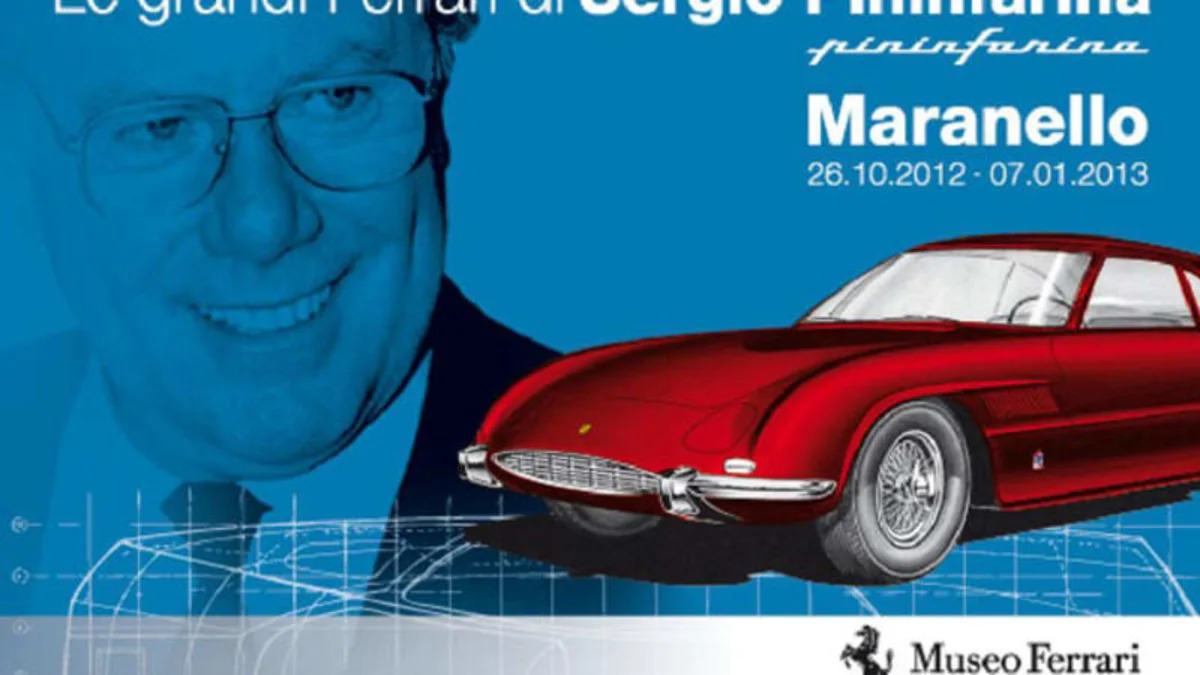
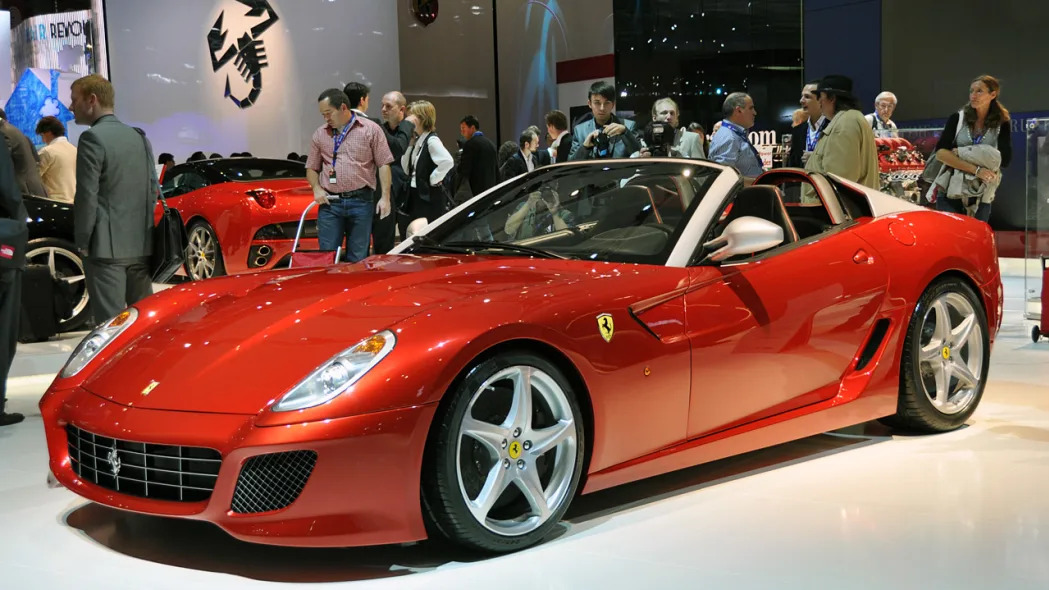



Sign in to post
Please sign in to leave a comment.
Continue